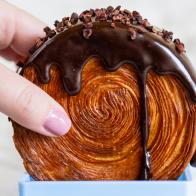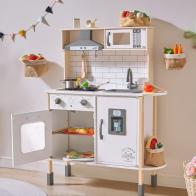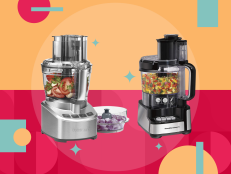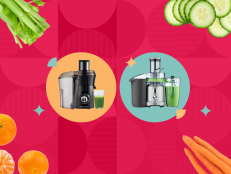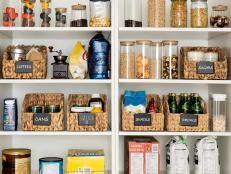What the Founder of Rome’s Most Popular Pasta Restaurant Can’t Live Without
Good ingredients are key to a good bowl of pasta at home.

Photo courtesy of Alessandro Pepe
In Rome, the name Roscioli has become just about as well-known as Da Vinci. The celebrated family of restaurants — which has close to 200 years of history — turn out hit after hit, from Roscioli Caffe e Pasticceria’s TikTok-famous maritozzi cream bun to Salumeria Roscioli’s paragon of carbonara. Now, Alessandro Pepe — the head sommelier and founder of Rimessa Roscioli, a chic restaurant that focuses on wine and food tastings — has brought the brand to the United States with Roscioli NYC. Known for sourcing, celebrating and selling the finest artisan products Italy has to offer, Roscioli conducts endless research (and we imagine taste tests) to hunt down the best of the best. “When you have good ingredients, you don't have to do a lot,” says Pepe. “A good olive oil, a good tomato sauce and a good pasta — bingo.” We asked Pepe to share his essentials, all shoppable online.
Olive oil is something that most people don’t do well — even in Italy, according to Pepe. “A good olive oil follows a few rules,” he says. “It should be cold pressed and 100-percent extra virgin, which is something that is often written on the label, but it’s not always what is inside. It’s a big scandal.” Pepe’s favorite type of olive oil, Zangrilli, is strong — perfect for pairing with steak or pasta.” If you want something a bit more delicate, try Casa Gola.”
For Pepe, good food is synonymous with good wine. “At Rimessa Roscioli, which is a spinoff of Salumeria Roscioli here in Rome, wine isn’t a separate, delicate and sacred issue,” says Pepe. “It’s part of the dinner. I see wine as a gastronomical experience. So we started this wine club, and now we have almost 200 winemakers making wine for us. Most of them are organic and artisan wines you can’t easily find outside Italy, like Cantina Falcone, who want to maintain a certain kind of biodiversity and defend tradition. The risk of when a wine region becomes famous is that usually big investors come from outside and the first thing that they do, they get rid of the old plants. So we’re actually buying land now and giving back to the farmers and the winemakers so that they continue production.”
“Finding good tomatoes, it’s a mess,” says Pepe. “We’re buying some land in order to make our own tomatoes in Sicily and Calabria.” In the meantime, Pepe recommends purchasing pomodoro of the Piennolo variety. “It’s a type of tomato that grows only on Mount Vesuvius that is slightly more acidic and saltier. It's beautiful. You [can] even put it on grilled bread and eat it raw.”
Of course, remarkable sauce needs pasta that’s worthy to go with it. “We’re doing incredible research on grain and non-processed flour,” says Pepe. “Processed flour is more difficult to digest than brown or raw flour, which actually has better flavor. It’s a completely different experience. We always use that kind of pasta.”
If you prefer to buy a complete meal ready to go, Pepe recommends Roscioli’s Cacio e Pepe Kit, which comes with spaghetti, pecorino, black pepper, handmade cacio e pepe sauce and complete cooking instructions for the classic Roman pasta dish. “You add some hot water and the game is done,” he says.
“I’m not a chef, even though I sometimes mess in the kitchen — the chefs are disappointed,” jokes Pepe. “I like to do wine and food pairings in these little terracotta pots. So sometimes I put four bites of food together with the same type of wine. I'll give you an example: Nerello Mascalese is a great variety of wine from Mount Etna that tends to be slightly metallic with a nice smokey finish. It goes perfectly with a little stack of tuna fish, smoked mackerel, a bit of tartare with truffle and caponata with apple. It’s a tour of Sicily — every single bite is a different experience.”
When it comes to dishes, Pepe enjoys sharing a connection to his family. “Mainly, I have the chef buy plates from Grottaglie, my grandmother’s hometown,” he says. Grottaglie also happens to be known as the ceramics capital of southeast Italy. “Those plates are amazing, but they’re so expensive and they break easily. They’re great at home, but maybe not meant to be for restaurants.”
Pepe also loves to use the ceramic plates from Vietri, a town in southern Italy on the Amalfi Coast. “We are not a Michelin restaurant,” he says. “When you have those plates that are like 20 inches, and then there is one macaroni pasta in the middle — that is not our style. With our type of food, it’s better to have a plate that is not too much and a beautiful color.”
Related Content:











